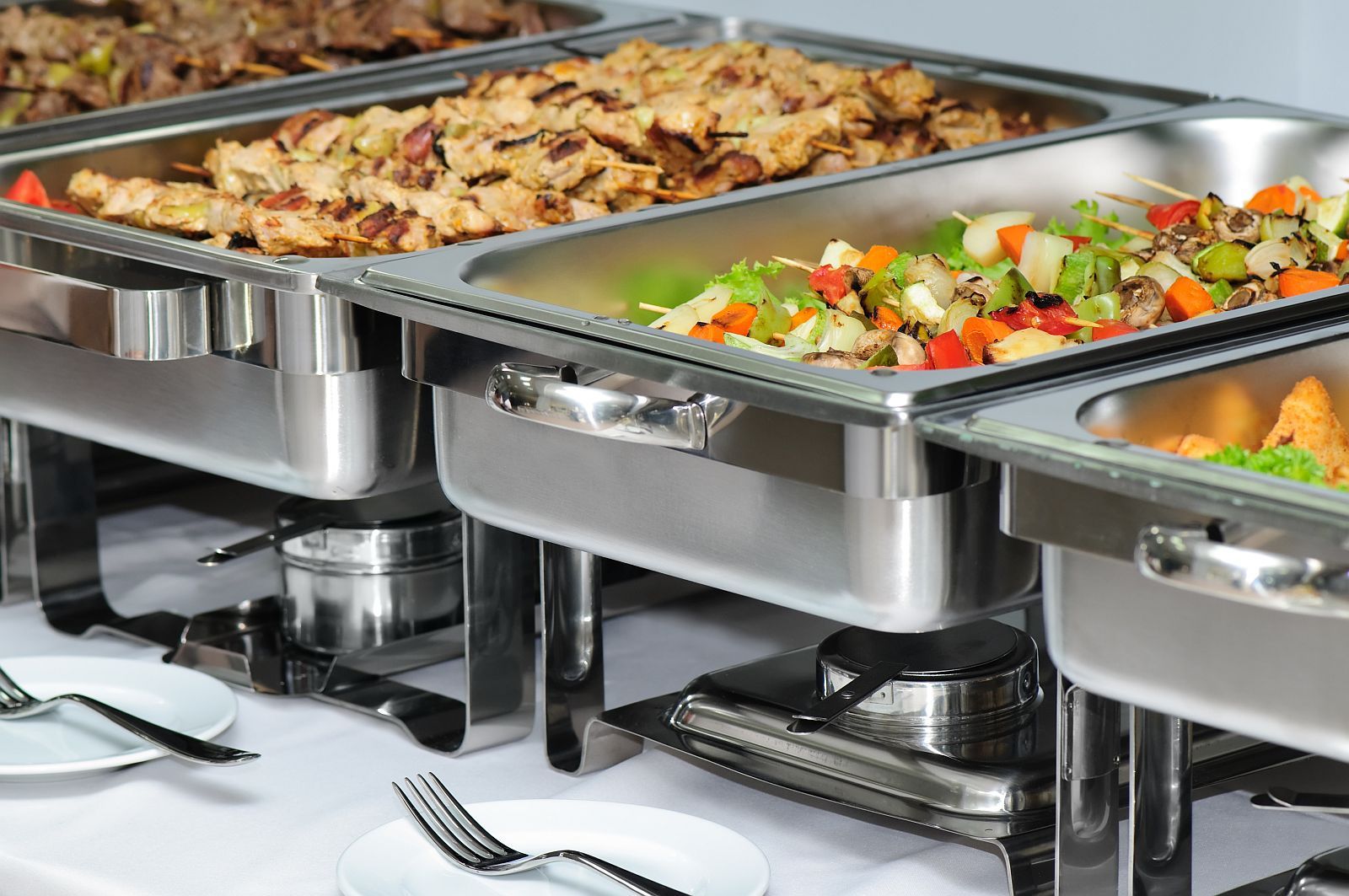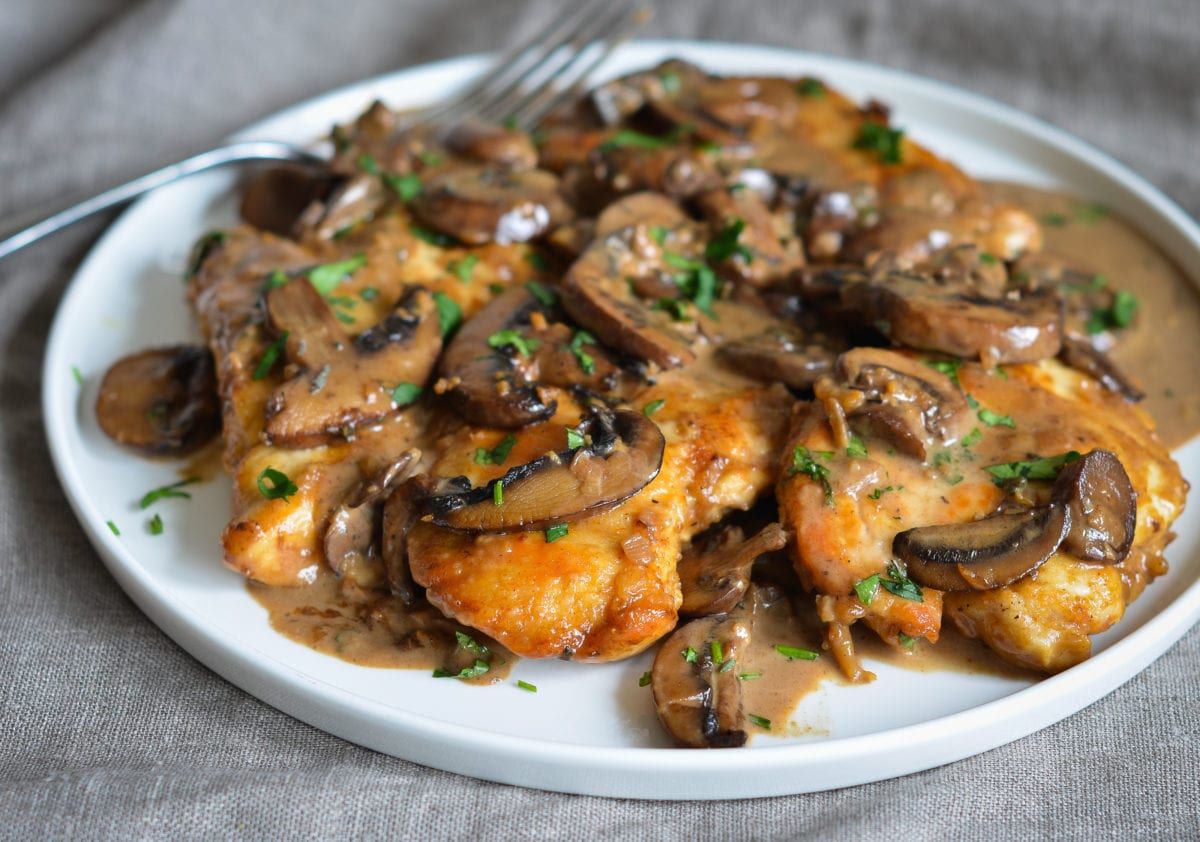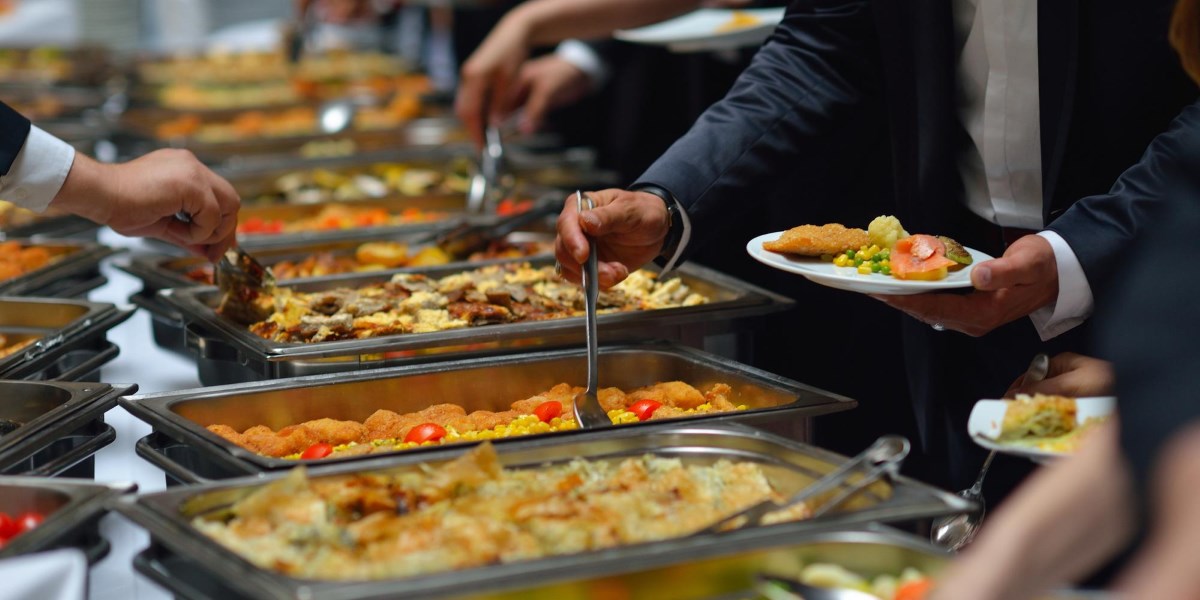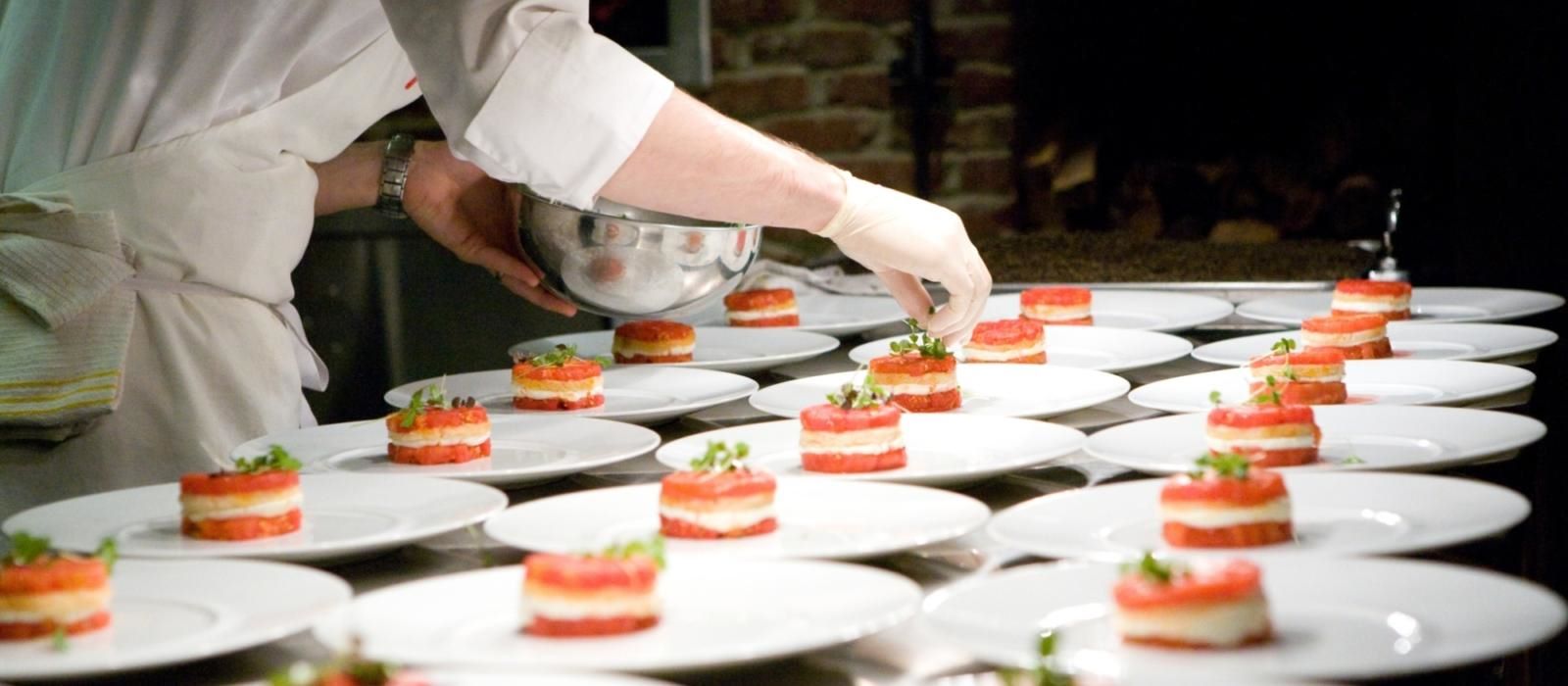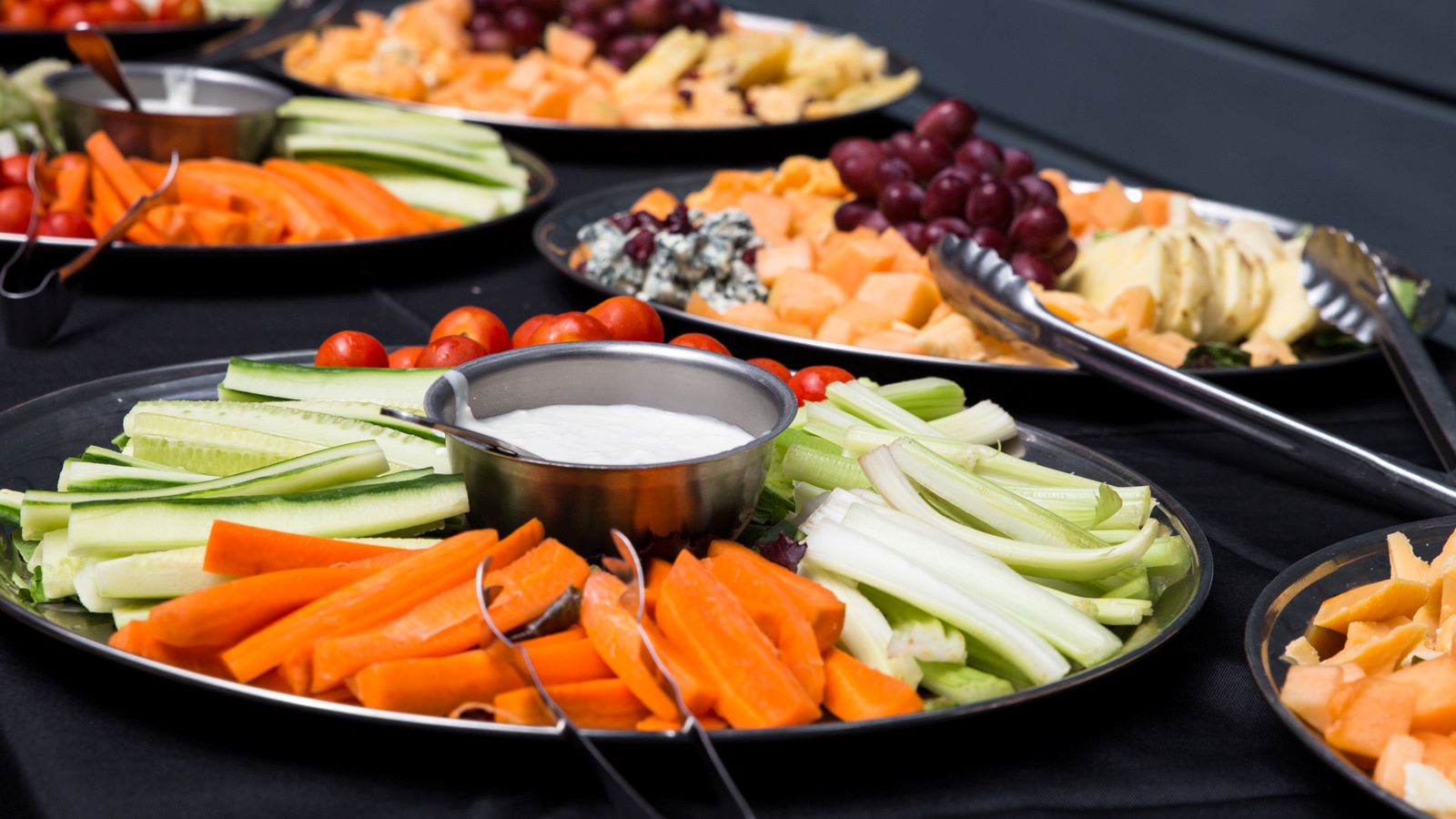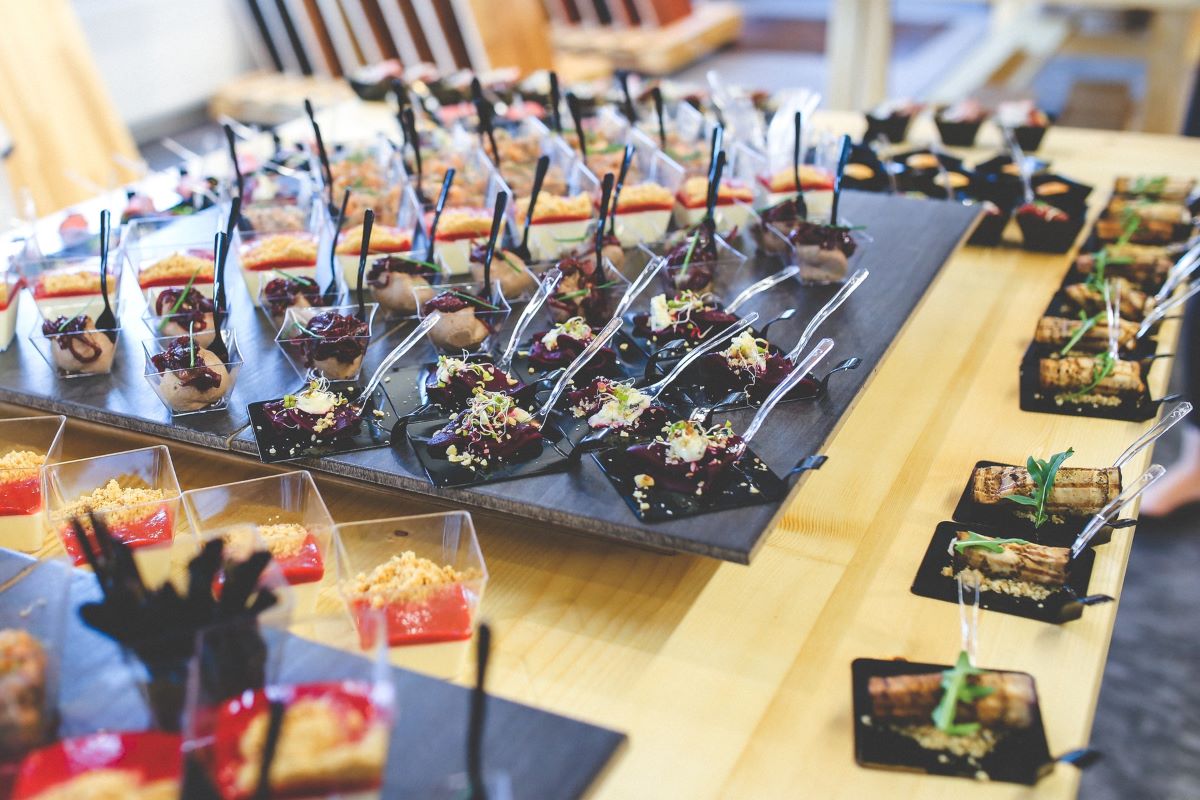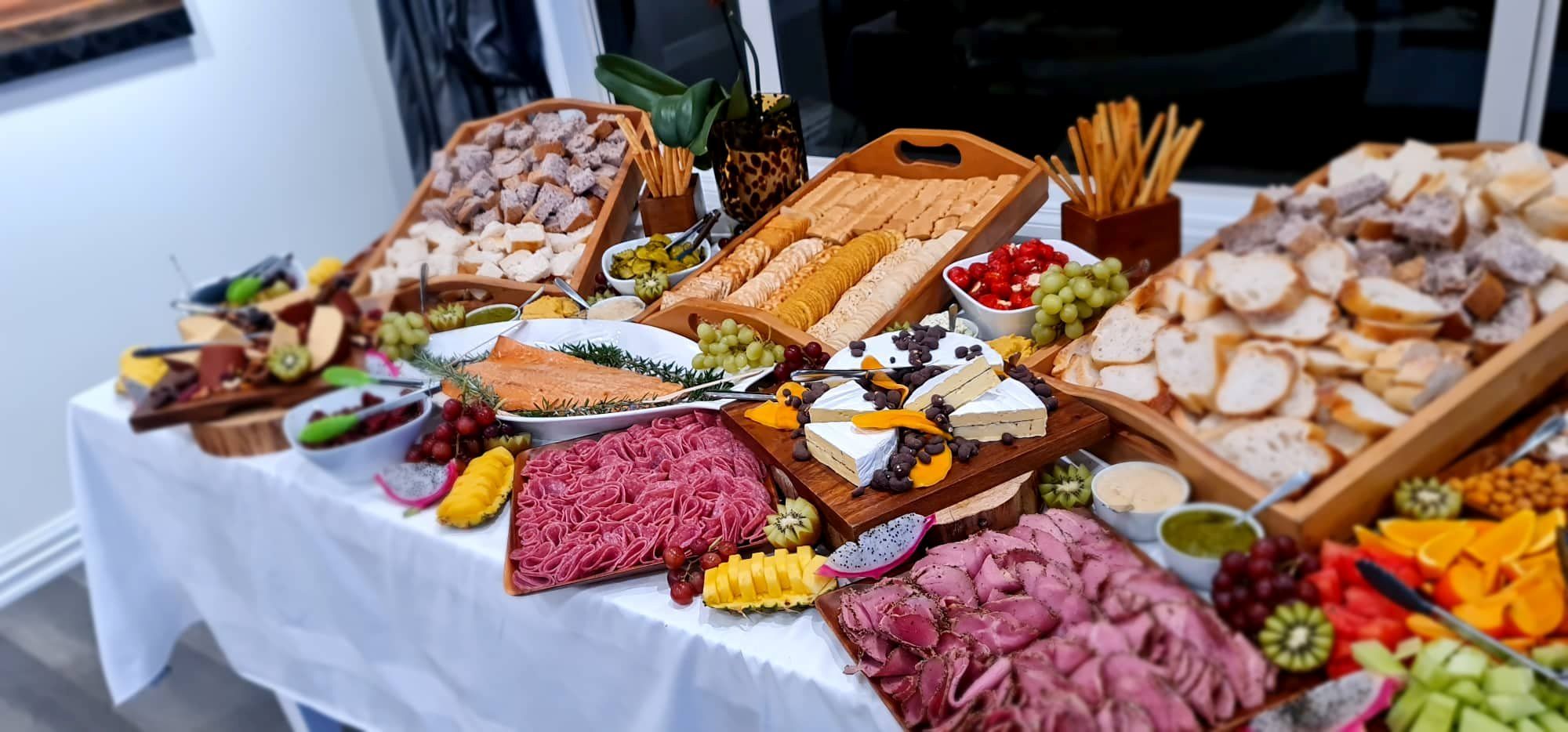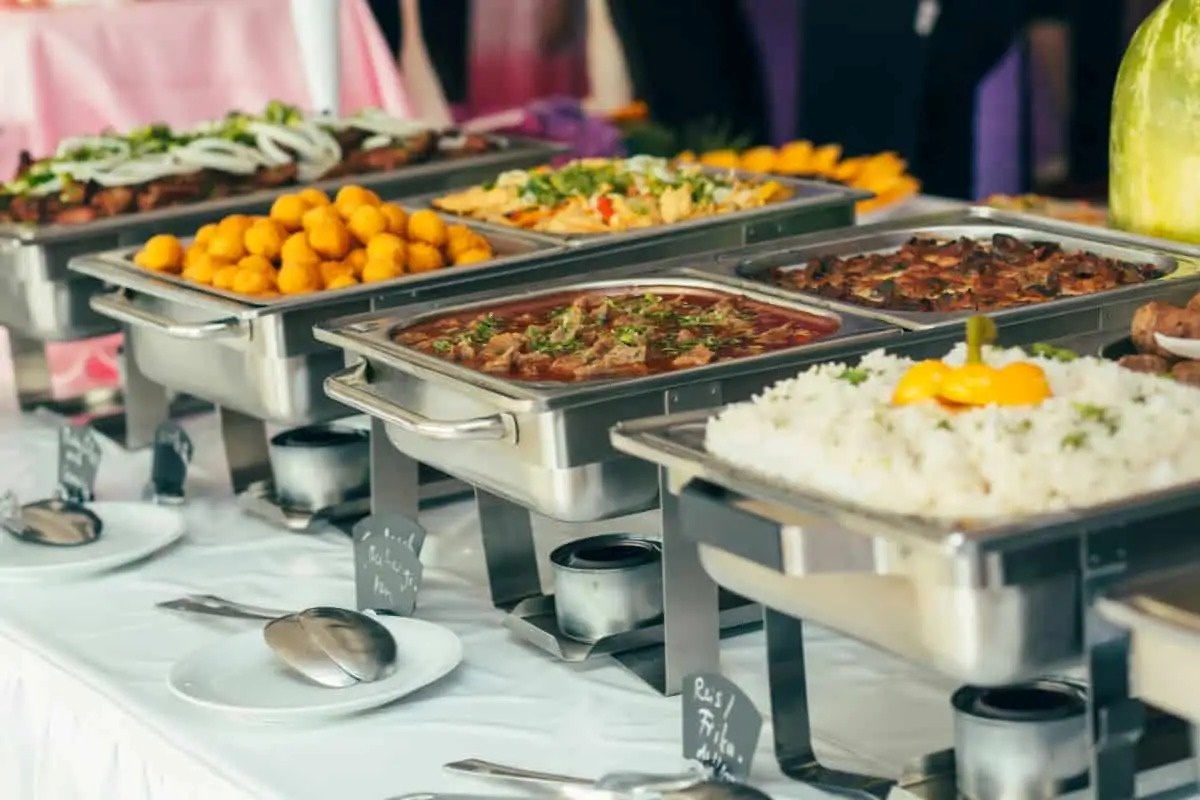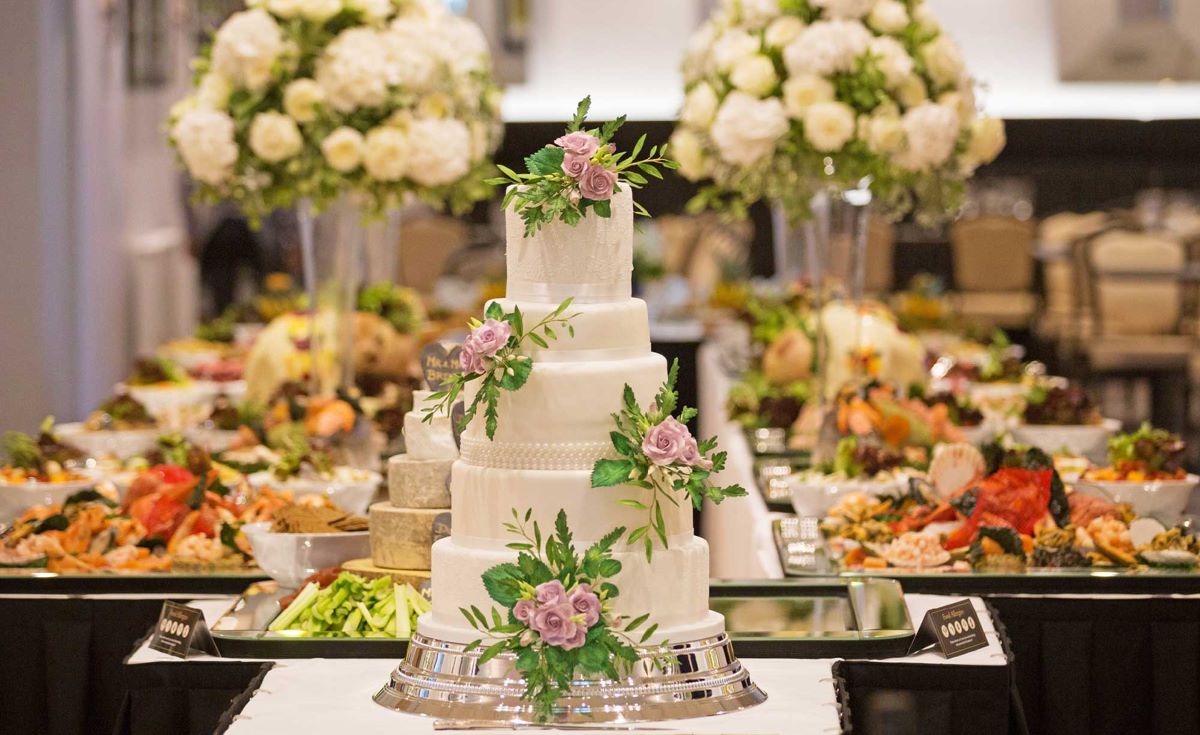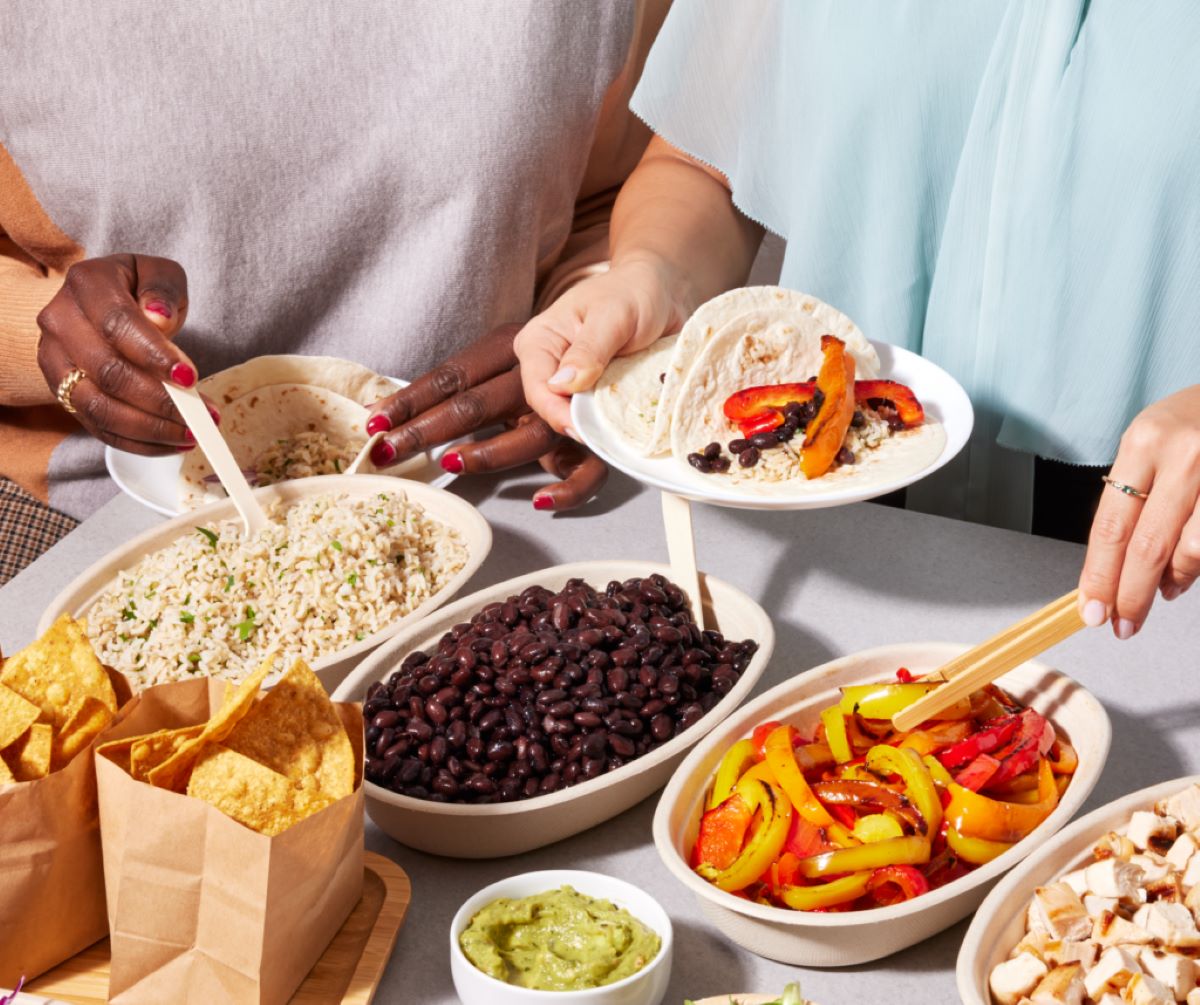How to Cater a Delicious Breakfast
Breakfast is often considered the most important meal of the day, and catering a breakfast event can be a delightful experience for both the host and the guests. Whether you are planning a corporate breakfast meeting, a bridal shower, or a family gathering, providing a delicious and satisfying breakfast spread is essential. Here are some tips on how to cater a breakfast that will leave everyone impressed and satisfied.
Understand Your Audience
The first step in catering a breakfast is to understand your audience. Consider the preferences and dietary restrictions of your guests. Are they health-conscious, vegetarian, or do they have any food allergies? Knowing your audience will help you plan a menu that caters to everyone’s needs and tastes.
Create a Diverse Menu
When planning a catered breakfast, it’s important to offer a diverse menu that includes a variety of options to cater to different tastes and dietary preferences. Consider including a mix of sweet and savory items, as well as options for those with dietary restrictions. A well-rounded menu may include:
- Assorted pastries such as croissants, muffins, and danishes
- Fresh fruit platters and yogurt parfaits for a healthy option
- Egg dishes such as quiches, frittatas, or breakfast burritos
- Assorted breakfast meats like bacon, sausage, and ham
- A selection of breads and spreads, including gluten-free options
- Beverages such as coffee, tea, and freshly squeezed juices
Presentation Matters
When it comes to catering a breakfast, presentation is key. Consider the visual appeal of the food and how it is displayed. Use attractive platters, serving dishes, and garnishes to make the breakfast spread look inviting and appetizing. A well-presented breakfast can elevate the overall dining experience for your guests.
Offer Customization
Allowing guests to customize their breakfast can add a personal touch to the catering experience. For example, setting up a build-your-own omelet station or a DIY waffle bar can be a fun and interactive way for guests to create their own breakfast dishes according to their preferences.
Provide Quality Beverages
Alongside the food, offering a selection of quality beverages is essential. Ensure that there is a variety of hot and cold drinks to accompany the breakfast spread. Freshly brewed coffee, a selection of teas, and refreshing juices are all popular choices that cater to different tastes.
Consider Dietary Restrictions
It’s important to be mindful of dietary restrictions when catering a breakfast event. Make sure to offer options for guests with specific dietary needs, such as gluten-free, dairy-free, or vegetarian choices. Providing a range of options ensures that all guests feel included and well-catered to.
Professional Catering Services
If you’re hosting a larger event or simply want to ensure a stress-free catering experience, consider hiring a professional catering service. Experienced caterers can help you plan and execute a delicious breakfast menu, taking the stress off your shoulders and allowing you to enjoy the event alongside your guests.
Catering a breakfast can be a delightful experience when approached with careful planning and consideration for your guests’ needs. By creating a diverse menu, paying attention to presentation, and accommodating dietary restrictions, you can ensure that your breakfast event is a memorable and enjoyable occasion for everyone.
Was this page helpful?
Read Next: How To Cater For A Wedding
